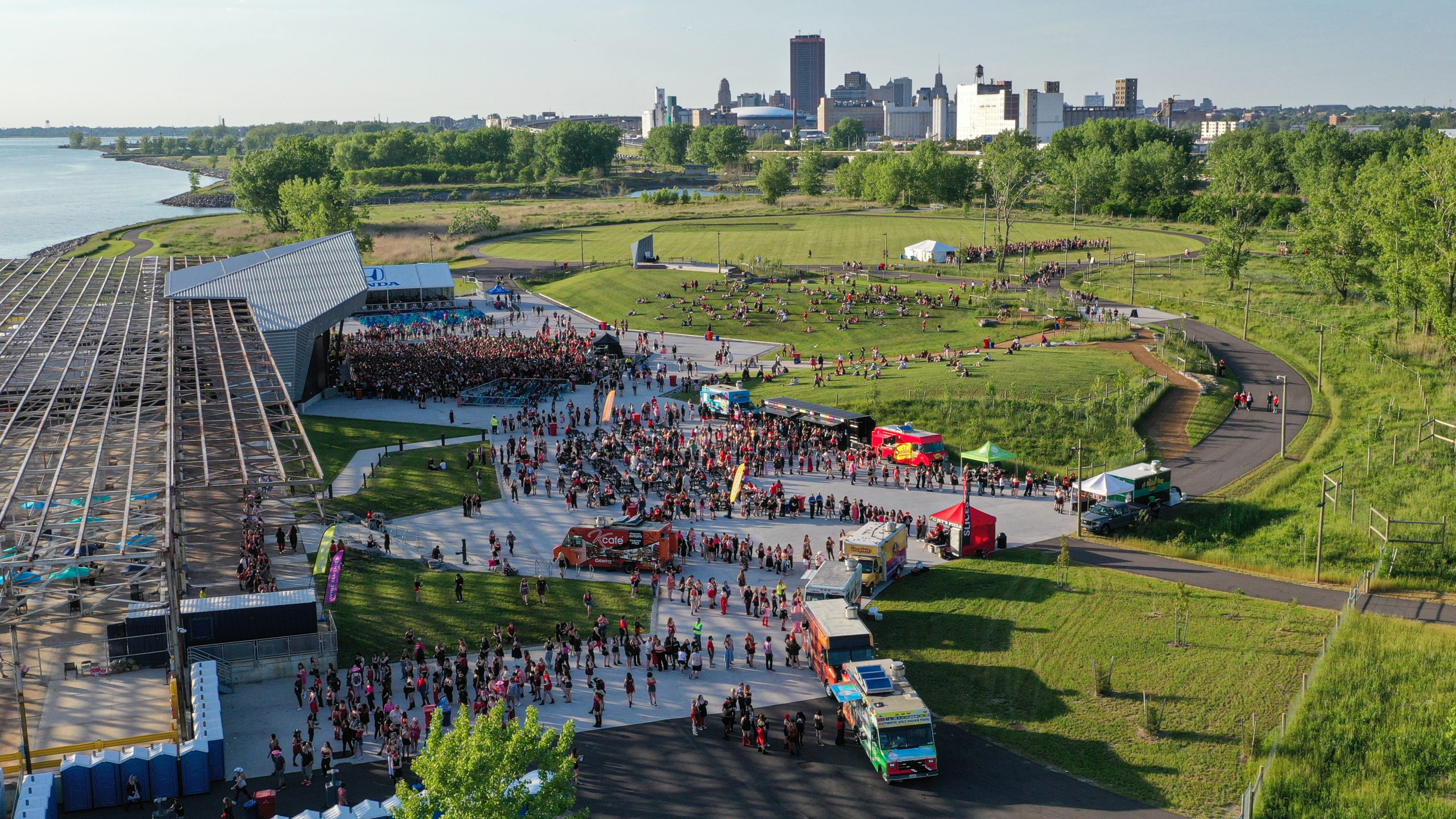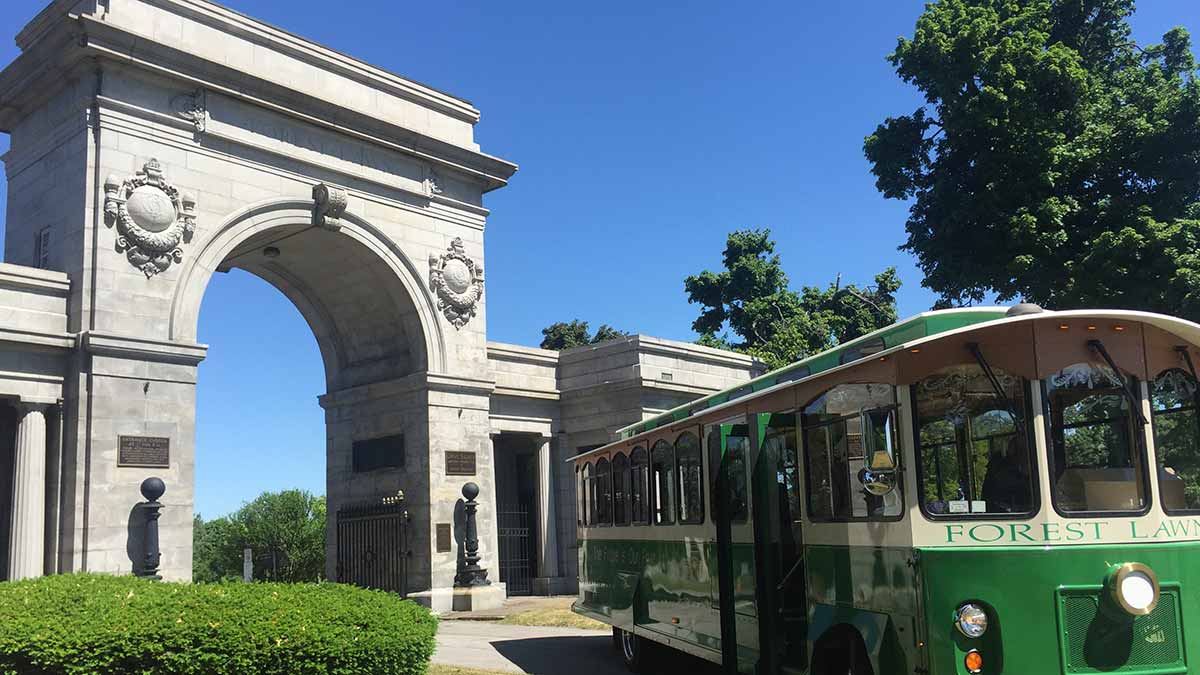
Forest Lawn Cemetery
A Great American Arboretum
In the 1840s when Buffalo was one of the fastest-growing cities in the country, a Buffalo lawyer, Charles E. Clarke, recognized the need for a cemetery of substantial size to serve the growing city. What he had in mind was more than a burial ground. In 1849, he purchased land in the country – two and a half miles from downtown Buffalo, following the vision created by Père-Lachais, the world’s most famous cemetery, established in Paris in 1804. Originally located on a rural estate overlooking the city, Père-Lachais balanced nature and art, allowing civilization to be present without disturbing the grandeur of the romantic setting.
The land Clarke purchased perfectly suited his vision for a picturesque rural cemetery with its rolling hills and charming valleys, spring-fed lakes, and a meandering creek. He designed roadways that curved and intertwined as freely as the landscape itself. His roads were wide, taking up more potential burial space than was truly necessary, but providing interesting vistas and parking for carriages. He thinned out the oak groves on the hilltops to make room for graves, and he planted other trees in the meadows to shade the graves there. In just a year’s time, he had put a lawn under the forest and the beginning of a forest on the lawn. Clarke had created Forest Lawn, which the Buffalo Commercial Advertiser called “one of the most lovely resting places of the dead in the country.”
From the beginning, Forest Lawn was designed to serve both the dead and the living. Clarke started a policy of providing interesting and appropriate sculpture to the natural setting of Forest Lawn – a continuing policy that has made the cemetery a significant outdoor sculpture museum today, comprised of 269 acres within the city of Buffalo.
Forest Lawn was the first deliberately landscaped green space in Western New York, and one of the first in New York State. Today, its nationally significant historic landscape is cherished by both residents and visitors to Buffalo. The 269-acres of curving drives, reflective lakes, and alternating areas of scenic creek, open knolls, and wooded glades serve as the final resting place for tens of thousands of residents, from a U.S. President to American innovators. Once home to more than 6,000 trees, including oaks, elms, maples, beeches, American walnut, bald Cypress and more, the Forest Lawn arboretum has lost many of its trees over the years to disease and weather events. As part of an aggressive phased Landscape Renewal Plan based on the cemetery’s original landscape plan, Forest Lawn is working to plant approximately 4,000 trees over a 12-year period to restore its historic overarching tree canopy.
More To Explore
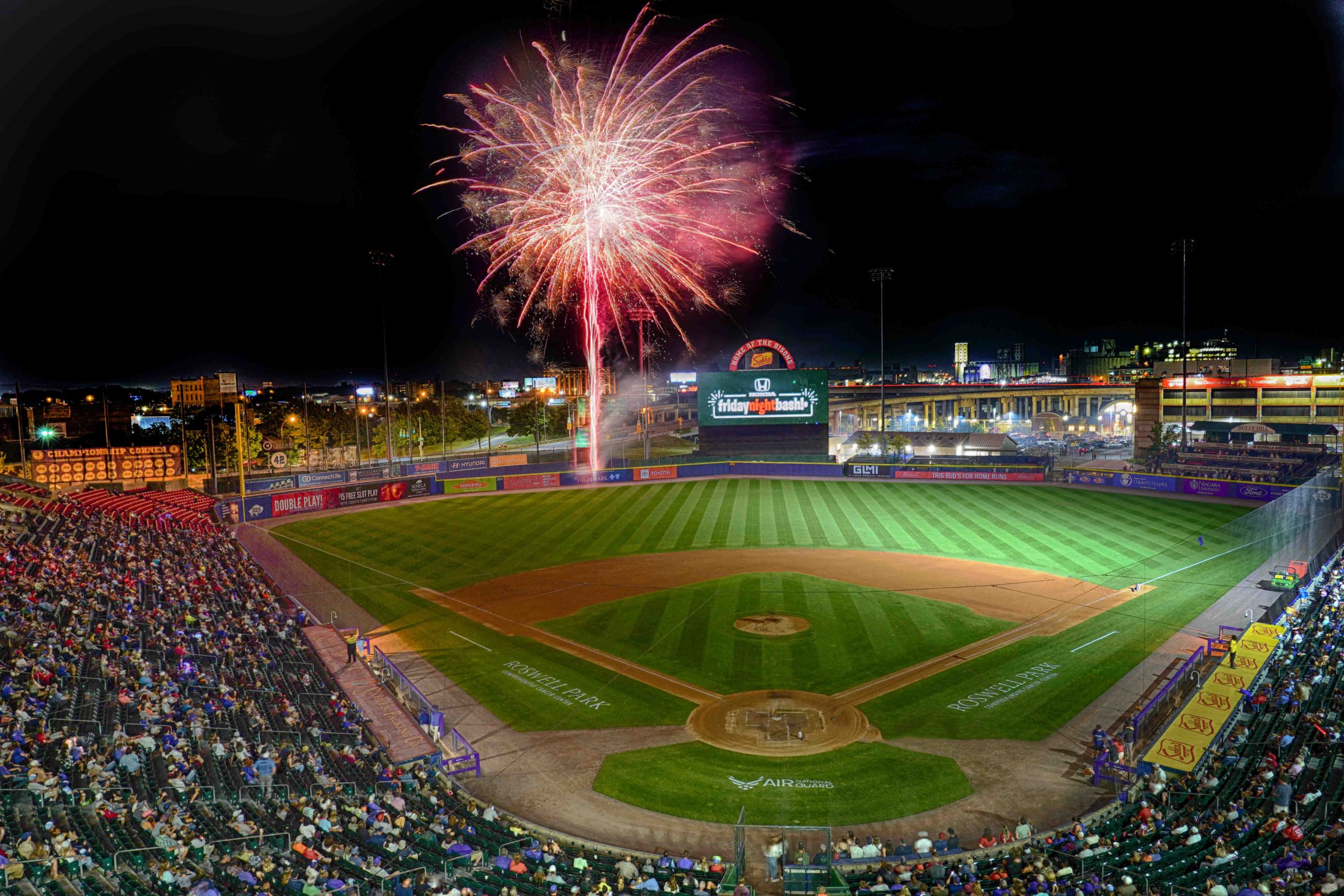
Buffalo Bills Fans Embrace Iconic Water Buffalo Hats for Game Day Spirit
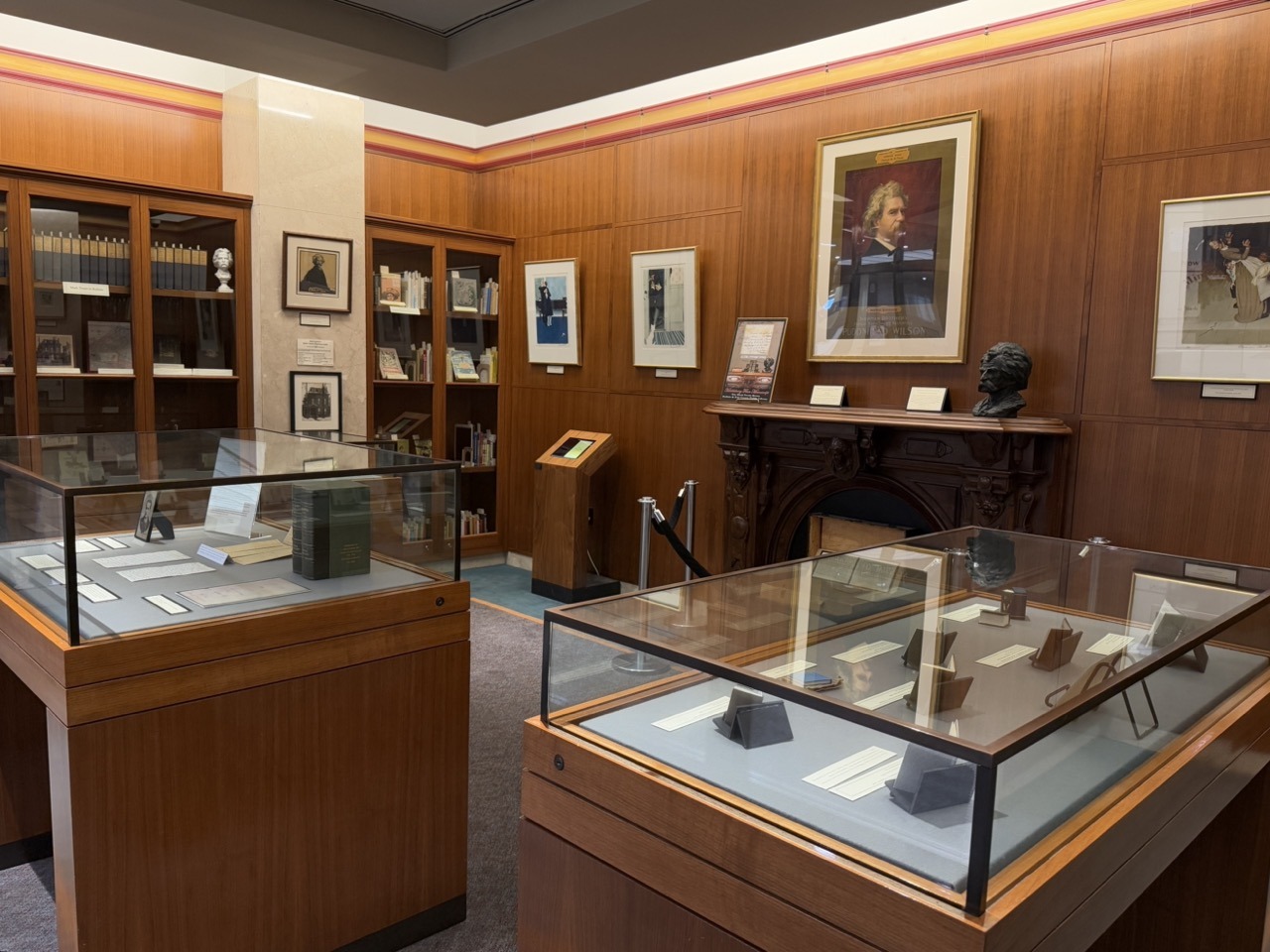
How Downtown Buffalo Became the Home of an American Literary Masterpiece

The History of the Buffalo Turkey Trot: America’s Oldest Footrace
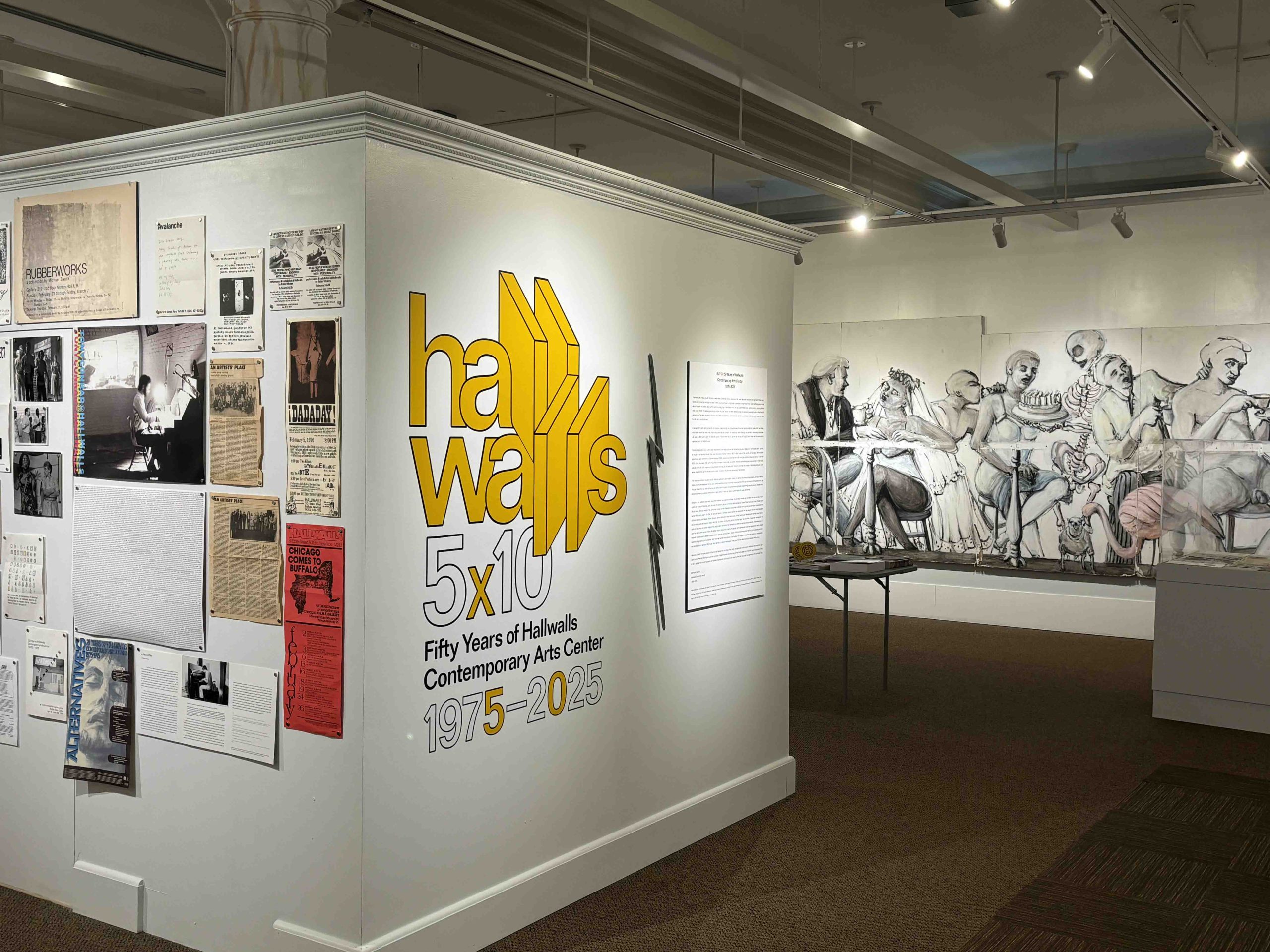
These Walls Can Talk: Hallwalls Celebrates 50 Years in Buffalo

The (Un)chicken Wing Trail
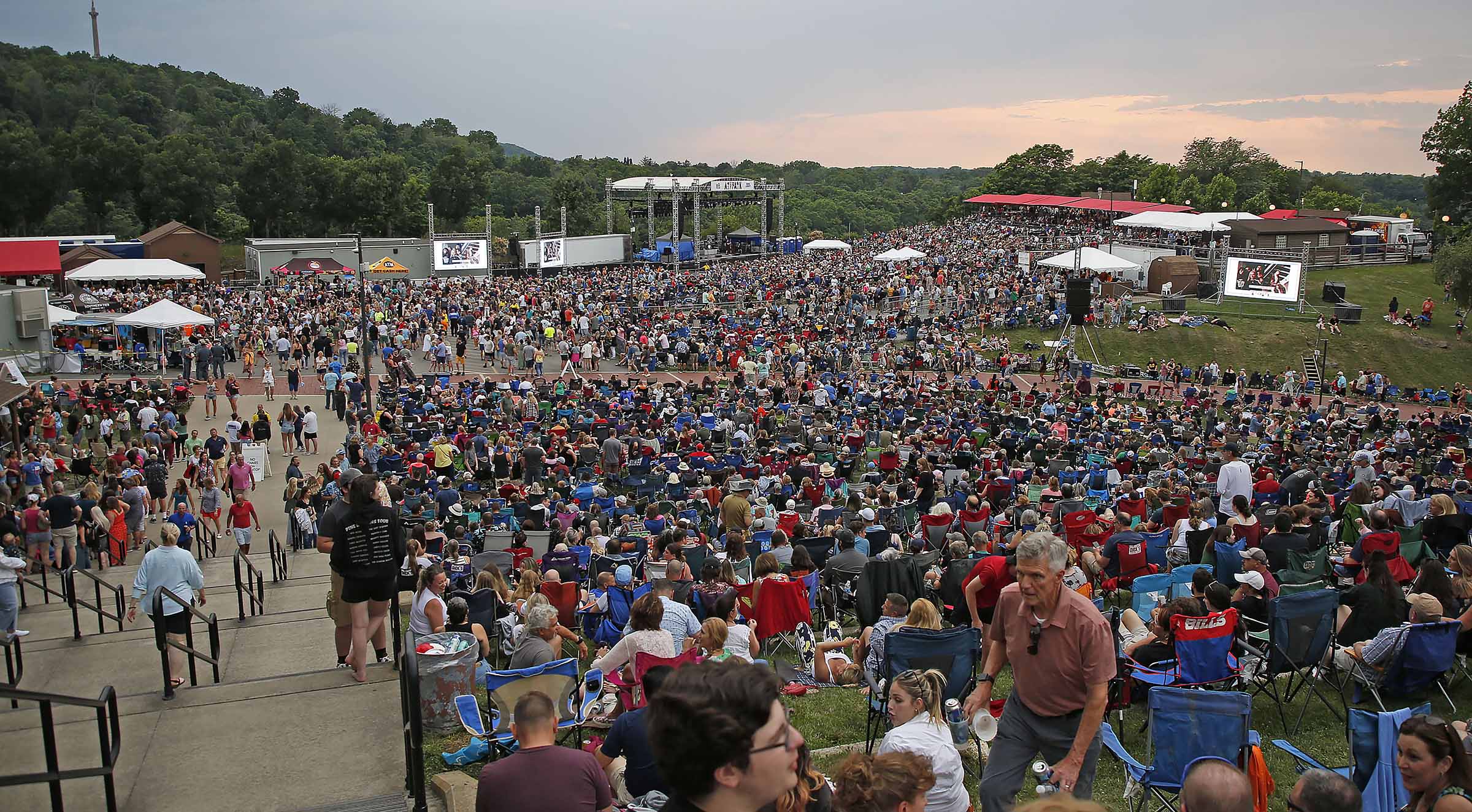
The Sonic and Scenic Allure of Artpark
